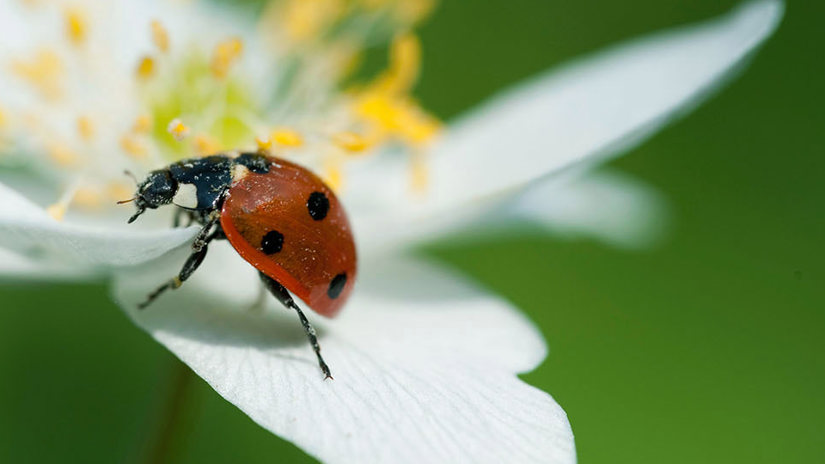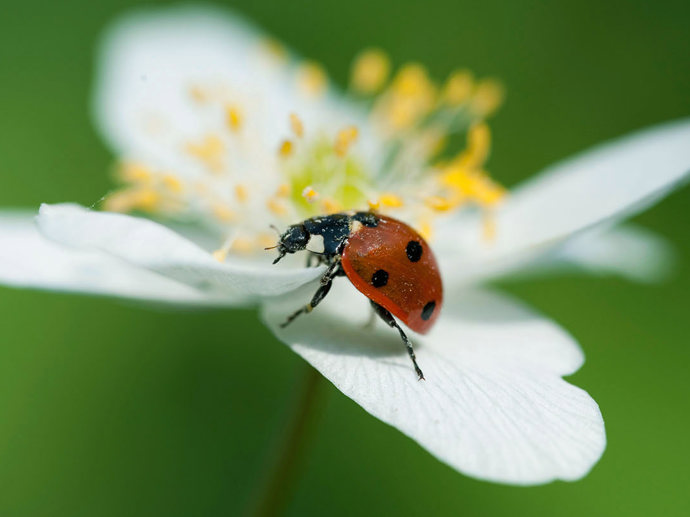Common name(s): lesser celandine, pilewort
Scientific name: Ficaria verna
Family: Ranunculaceae
Origin: native
Flowering season: January to April
Habitat: woodland, grassland, gardens
Charming and cheerful, the star-shaped flowers of the lesser celandine brighten up the woodland floor. Look out for their friendly yellow flowers on path edges in early spring.
Common name(s): lesser celandine, pilewort
Scientific name: Ficaria verna
Family: Ranunculaceae
Origin: native
Flowering season: January to April
Habitat: woodland, grassland, gardens
Lesser celandine is a small, low-growing perennial herb in the buttercup family.
Leaves: glossy, dark-green and heart-shaped with long stalks.
Flowers: shiny, yellow star-like flowers with eight to twelve petals.
Not to be confused with: winter aconite (Eranthis hyemalis) which also has a yellow flower as well as a similar habitat and flowering season. But, the winter aconite has deeply lobed leaves collared around each flower; and greater celandine (Chelidonium majus) which, despite having the same name, is not related to lesser celandine. It’s actually a member of the poppy family. It’s much taller than lesser celandine, reaching up to 90cm and only has four petals.


Credit: Zoonar Gmbh / Alamy Stock Photo
Lesser celandine loves damp woodland paths and tracks, as well as stream banks and ditches. You can also spot it growing in gardens, meadows and shady hedgerows. They flower between January and April.
As one of the first flowers to appear after winter, they provide an important nectar source for queen bumblebees and other pollinators emerging from hibernation, and other early insects.

They are mentioned in C. S. Lewis’ The Lion, the Witch and the Wardrobe. When Aslan returned and the woodland turns from winter to spring, the ground was covered in all directions with yellow celandine flowers.
It was once thought that you could use lesser celandine to predict the weather as they close their petals before raindrops. The leaves are high in vitamin C and have been used to prevent scurvy.
Wordsworth was such a fan of the lesser celandine, he wrote three poems about them: The Small Celandine, To the Same Flower and To the Small Celandine.


External link
Have you seen the first ladybird of the year or the last swallow of summer? Tell us about the nature near you and help scientists track the effects of climate change on wildlife.